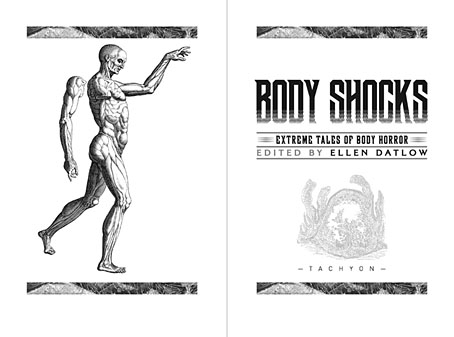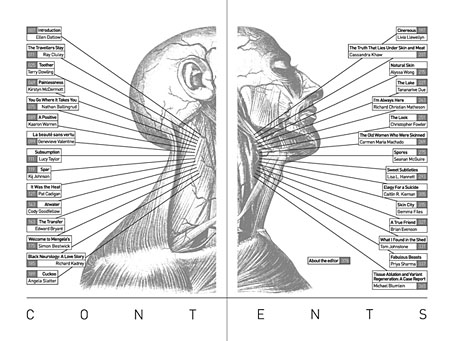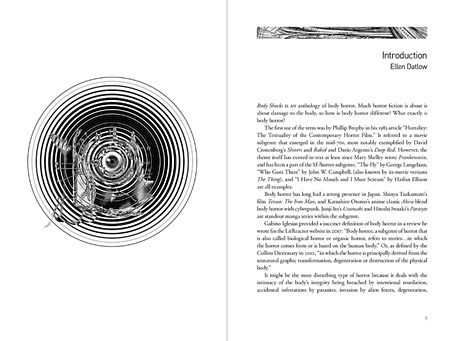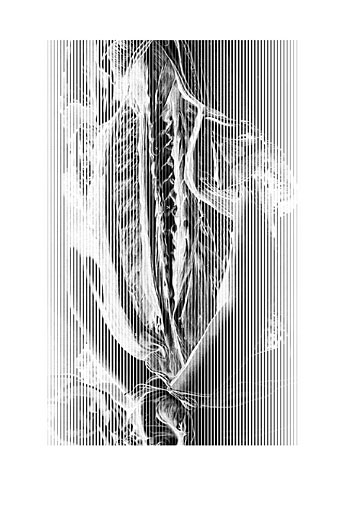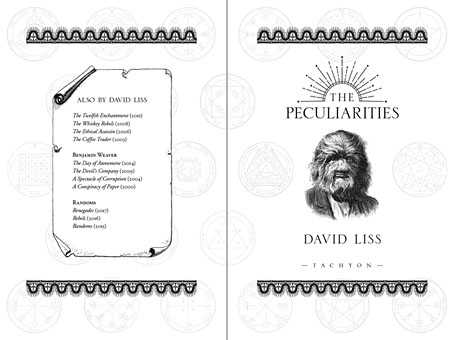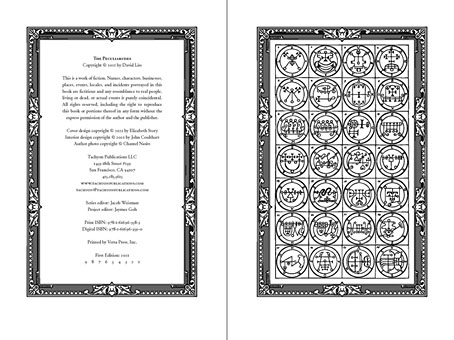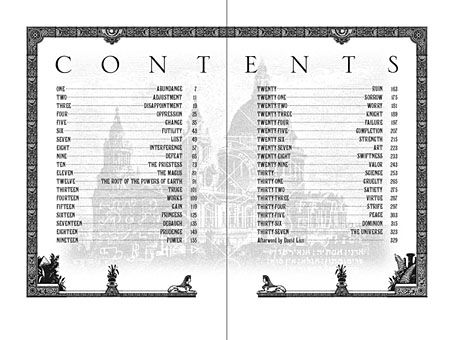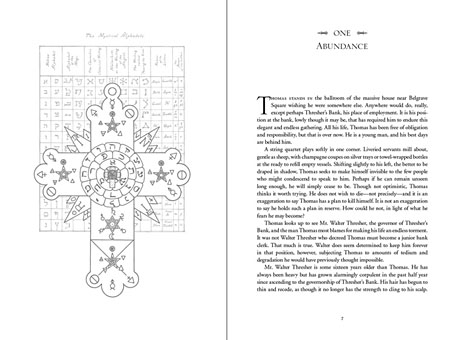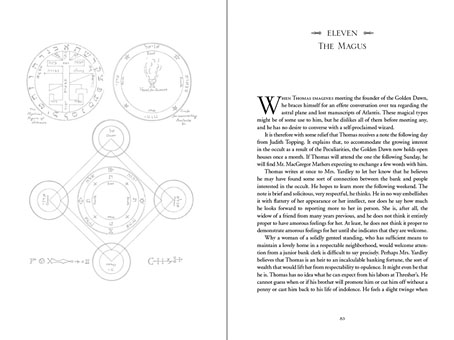My cover design for Body Shocks, the body-horror story collection edited by Ellen Datlow, appeared here back in March. Now that the book is out from Tachyon I can show some of the interior design. In the earlier post I mentioned cover drafts that featured anatomical illustrations, none of which worked as well as the eyeball collage that became the final cover. The rejected pieces were better suited to the interior which combines engraved illustrations with the kind of sans-serif typography you might find on modern medical labels.
The diagram of veins that fills out the contents spread looks like an illustration from a 19th-century edition of Gray’s Anatomy but it’s actually an illustration from a book about massage whose title I don’t seem to have made a note of. Gray’s is a thorough volume, being a complete guide to the human body, but the illustrations aren’t as large or as detailed as those you can find elsewhere. The header bands used to indicate the beginning of each story are from Gray’s, however, while many of the stories end with full-page plates from The Anatomy of Humane Bodies by William Cowper. These are mostly engravings of autopsies which I processed by inverting the images then overlaying them with parallel lines. You can still tell the pictures are medical illustrations but they’re not as obtrusive as they would be if they’d been left untreated.
Also new from Tachyon is The Peculiarities, a fantasy novel by David Liss. I only designed the interior of this one, the cover was the work of Elizabeth Story. Liss’s book is a thriller set in a Victorian London gripped by a metaphysical malady known as “The Peculiarities”. The story has some slight thematic harmony with Body Shocks since the malady manifests among the population as physical metamorphosis: people start turning into wolves, trees, and so on. The other dominant theme is occultism, with the main character, Thomas Thresher, finding himself drawn into the activities of the Hermetic Order of the Golden Dawn, a real magical society that was so popular with writers and artists that it often sounds as much like a social club for the literati as an occult order. A few of the Golden Dawn’s real-life members make brief appearances, among them WB Yeats who maintained his esoteric interests into later life. More prominent in the list of characters is Aleister Crowley, who appears here as the kind of swashbuckling magus he often liked to imagine he was, especially in his own novel, Moonchild.
The Peculiarities is a fun, entertaining and well-researched novel which didn’t pose any problems on the design front; if anything I’m over-qualified to work on a book about Victorian occultism. Liss refers to The Key of Solomon, the medieval grimoire that was translated into English by the head of the Golden Dawn, MacGregor Mathers, so I’ve used most of the sigil illustrations from this to decorate the chapter openings. Other sigils are from Raphael’s Ancient Manuscript of Talismanic Magic. While looking for appropriate imagery I did go through Israel Regardie’s four-volume guide to the Golden Dawn rituals but most of the illustrations there weren’t very suitable. The sole exception is the illustration of the lamen (facing chapter one, below) that all Golden Dawn members had to wear around their necks over their ceremonial robes.
Previously on { feuilleton }
• Body Shocks

